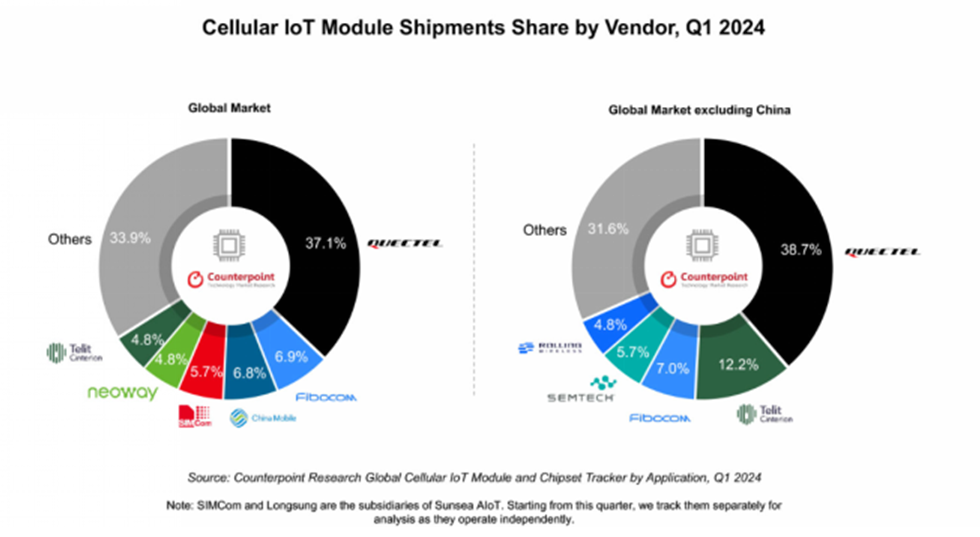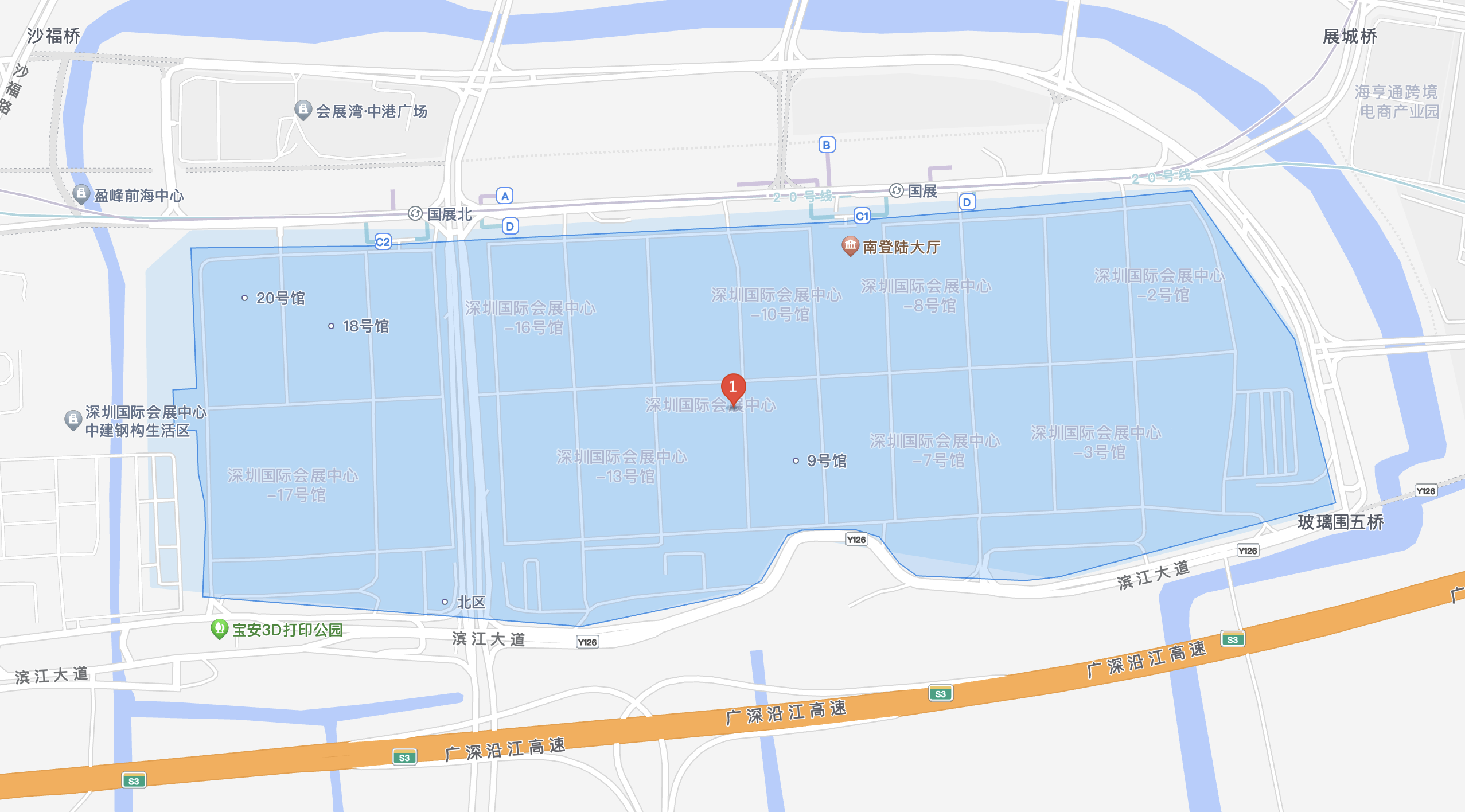With the popularization of mobile Internet and smart devices, users' demand for communication technology is growing, especially in terms of data transmission speed, network coverage and service quality. The promotion of 5G technology has made high-speed and low-latency communication possible, meeting the needs of emerging applications such as virtual reality, telemedicine, and autonomous driving. At the same time, the rapid development of the Internet of Things has also promoted the demand for a wider and smarter communication network. At the international level, multilateral and bilateral agreements are also promoting the unification of technical standards and market access, providing favorable conditions for the global development of communication technology.
In the work report released during this year's "Two Sessions", in order to further promote the high-quality innovative development of the digital economy, the development requirements of the communication industry were mentioned many times. It is necessary to improve the data basic system and build digital infrastructure. In the future, communication technology will continue to promote the development of digital economy and intelligent manufacturing.
With the in-depth application and evolution of 5G technology, the deep integration of artificial intelligence and communication technology, the construction of new network infrastructure, the deepening and expansion of industry integration applications, and policy and market-driven development, the communication field has achieved remarkable development results. It has not only promoted the continuous innovation of communication technology and the application expansion of emerging fields, but also injected new impetus into economic and social development.
According to the data released by the Ministry of Industry and Information Technology: As of the end of May, the three basic telecommunications companies had developed 2.465 billion cellular Internet of Things terminal users, a net increase of 133 million from the end of last year, accounting for 58.3% of the number of mobile network terminal connections (including mobile phone users and cellular Internet of Things terminal users).
The expansion of the number of cellular IoT connections has brought large-scale shipments to the IoT chip, module and terminal industry chain, and has also become the key to the rapid growth of related companies. According to data from market research institutions, the size of China's IoT module market will be about US$5 billion in 2024 and is expected to reach US$15 billion in 2025.
In the past few years, the expansion of several domestic companies such as Quectel Communications, Meige Smart, Jiulian Technology, SIMCom, Lierda, Qijun IoT, Yike, Ruiqi IoT, Dingqiao Communications, and Innovation Micro has benefited greatly from the rapid growth of IoT connections, thus achieving outstanding results. Taking Quectel Communications as an example, the company's recently announced first-half performance forecast stated: It is expected that the net profit attributable to the parent company's owners in the first half of 2024 will be around RMB 200 million, which will turn losses into profits compared with the same period last year.
Based on the public number of IoT connections, we will analyze the changes in the IoT module industry and understand the industrial development status of cellular modules and short-distance modules in the communications field.
Cellular modules
According to the latest report released by market research firm Counterpoint Research, global cellular IoT module shipments increased by 7% year-on-year in the first quarter of 2024, and the demand for cellular IoT modules in smart utilities, routers or customer terminal equipment, automobiles and asset tracking is very strong.
From the perspective of module companies, domestic module companies occupy an important position in the global communication module market. The three module manufacturers, Quectel Communications and China Mobile IoT, together account for half of the global module market. In some key application areas such as smart meters and asset tracking, the market share of Lierda and Jiulian Technology has also increased significantly.
From the perspective of communication module types, for IoT application scenarios, the current focus is on 5G RedCap and Cat.1.
5G RedCap has become the preferred option in the current market due to its high cost-effectiveness of the module. Major module manufacturers, operators and terminal companies are actively promoting the deployment of 5G RedCap to enter the market. The "Notice on Promoting the Evolution of 5G Lightweight (RedCap) Technology and the Development of Application Innovation" issued by the Ministry of Industry and Information Technology clearly proposed the future development and application of 5G RedCap, laying a solid foundation for the popularization and application of 5G RedCap in China.
Market research company Counterpoint Research predicts that by 2030, 5G RedCap modules will account for 18% of the total shipments of cellular IoT modules. In medium-speed application scenarios, 5G RedCap technology empowers all aspects of the power system with its low cost, low power consumption, and high reliability, and helps the digital transformation of the power industry. The application of 5G RedCap in the power industry has been completed in Shandong, Ningxia, Jiangxi and other regions.
Driven by policy guidance and market demand, 5G RedCap is expected to be the first to start mass production in the electric industry and develop rapidly in the field of industrial interconnection. 5G RedCap can also be used in scenarios such as vehicle terminals, industrial sensors, and medical monitoring equipment.
In the domestic cellular Internet of Things market, due to the maturity of the 4G industry chain, the improvement of 4G network coverage, strong market demand, and the transfer of 2G/3G network users to Cat.1, Cat.1 has become the main force of the current cellular Internet of Things growth. The shipment volume of Cat.1 modules will continue to grow in the next few years.
With the improvement of module demand and the further popularization and application of technologies such as 5G and Cat.1, it is expected that the global cellular Internet of Things market will show a recovery trend in the second half of the year, and the market share of foreign companies will also expand, and domestic communication companies will face considerable challenges.
In terms of non-cellular short-range modules
Competition in the non-cellular short-range module market is still fierce. Modules such as Bluetooth and Wi-Fi have a dominant position in consumer electronics, automotive electronics, smart homes and other fields due to their short-range and low-power performance, and also play an important role in the application fields of industrial control and IoT solutions.
In recent years, the smart home market has been hot, driving the rapid growth of its industrial demand. As a key component for connecting various smart devices, the demand for short-range modules has also risen accordingly. In the smart home scene, smart door locks and smart lighting systems use modules such as Bluetooth and Wi-Fi to achieve data transmission and communication between devices, improving the convenience and comfort of home life. In terms of security, the demand for short-range modules for access control systems, surveillance cameras and other equipment has increased, enabling rapid construction of monitoring systems and improving the efficiency and accuracy of security management. In the fields of industrial control and environmental monitoring, short-range modules can achieve wireless connection and data exchange between devices, improving the automation and intelligence level of industrial production.
In automotive communications, with the popularity of smart connected cars, the application of short-range modules in automotive electronics has rapidly increased: Wi-Fi modules provide high-speed Internet access services; while Bluetooth modules are used to achieve wireless connections between mobile phones and car audio, navigation systems, automotive electronics and other devices. The application of Bluetooth technology in digital keys has brought car users a more convenient and intelligent car experience. With the development and improvement of technology, Bluetooth modules are expected to be more widely used in digital keys in the future.
With the introduction of new standards such as Bluetooth 5.0 and Wi-Fi 6, the transmission rate, connection stability and power consumption performance of short-range modules have been significantly improved. Bluetooth 5.0 supports longer transmission distances and higher data transmission rates, while Wi-Fi 6 provides higher concurrent connections and lower latency. Ensuring the quality of data transmission by optimizing communication protocols and enhancing anti-interference capabilities will also improve the performance and application scope of short-range modules.
In order to meet the market demand for diversified scenarios of short-range modules, the demand for customized modules is increasing. Module manufacturers need to provide customized design and production services according to customer needs to meet the specific needs of different application scenarios. Therefore, the performance of short-distance modules will be further improved, developing in the direction of being smaller and more integrated, reducing the size and cost of module products to adapt to the diversification of downstream application scenarios, promoting the popularization and application of short-distance modules in more specific scenarios, and promoting all walks of life to complete digital transformation and intelligent upgrading.
This paper is from Ulink Media, Shenzhen, China, the organizer of IOTE EXPO (IoT Expo in China)
Join us at August 28–30 in Shenzhen, and let’s shape the future of technology together!
To register IOTE 2024 Shenzhen station:
https://eng.iotexpo.com.cn/sz/Visitors.html?lang=EN&source=YJ1







